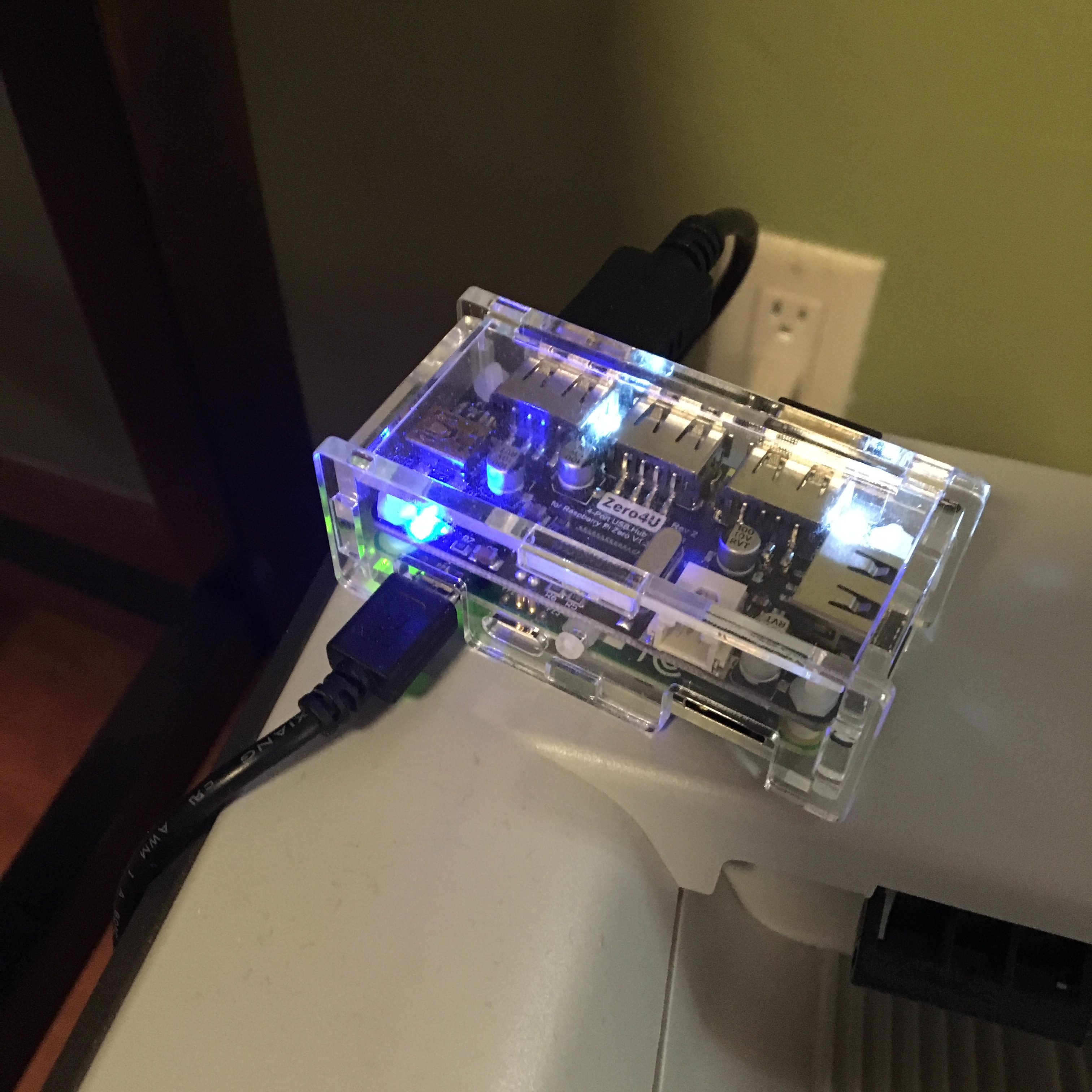Currently we have cable internet. I have a cable modem, a dual band wireless router, and a dual band wireless extender. The wifi router is showing its age. I’ve moved all three devices around the house in an attempt to get better coverage. We have about 15 wireless devices though not all in use at the same time and some take up very little bandwidth, but about six of them use the most bandwidth. Then we will occasionally have up to four visitors that could each have two devices (mobile phone and laptop).
So I’ve done some research on ways to improve our network. Why? The main reason is we live in a U or J shaped brick house. It was U-shaped but they added on a master bedroom making it more of a J. And the way it was added on we have interior brick walls. We remodeled our kitchen and dining room and I forgot that I could have had ethernet cables installed while the ceiling was torn up, but I didn’t do that. It would be expensive but the best option would be to hardwire the house with wireless access points. The second best option might be to use ethernet over power-line with wireless access points. The third best would be to install a mesh wifi network but they aren’t cheap either.
Our house has unused cable outlets because we’ve disconnected cable TV but not cable internet. It also has unused telephone lines as we’ve dropped the landline (Our DSL options suck, very slow). There might be a way to repurpose them with the right equipment. The second best option edging out power-line would be to run weatherproof ethernet cabling on the outside of the house that would be certainly cheaper than trying to run it in the house. This would be a security risk as someone could tap into the external cabling (unless all the traffic was encrypted), and eventually the weatherproofing would wear out.
I think the cheapest option would be to install power-line ethernet with wireless access points. At least until we can decide whether to do the proper thing or how much longer we live in this house, though we aren’t planning on moving for quite a while.

